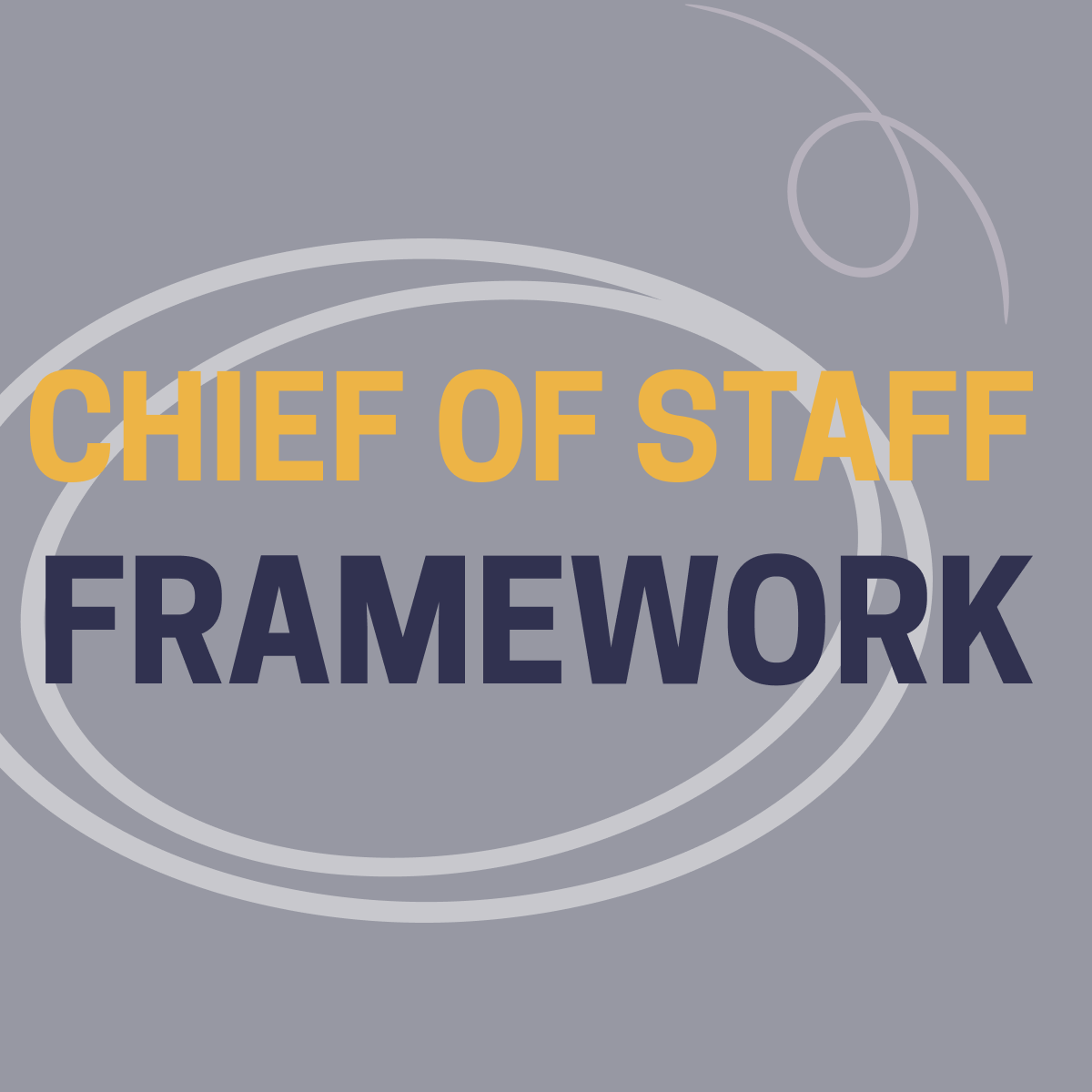Understanding Risk: The Equation and Its Importance
As any leader knows, the language used within an organization matters significantly. When communicating risks, it’s essential to ensure that everyone understands exactly what is meant by "risk." If the language isn't clear, people may walk out of a meeting with different interpretations of the CEO’s words. At McChrystal Group, we believe in breaking down this language into more precise terms to facilitate better understanding and decision-making.
The Risk Equation: Risk = Threat x Vulnerability
At its core, risk can be understood through a simple yet powerful equation:
Risk = Threat x Vulnerability
This equation illustrates that an organization's total risk is a combination of the external threats it encounters and the internal vulnerabilities within its system.
A Practical Analogy: Driving a Vehicle
Consider the analogy of driving a vehicle. The risk of getting into an automobile accident will never be zero. Despite this inherent risk, we continue to drive. This decision involves several potential outcomes: you could receive a speeding ticket, get into a minor accident, or experience a more severe crash. The risk is always present.
To manage this risk, it’s crucial to understand the threats and vulnerabilities:
Threats: These are often out of your control. For instance, you could encounter severe weather, a drunk driver, or malfunctioning traffic lights. These external factors represent the threats in our risk equation.
Vulnerabilities: Unlike threats, vulnerabilities are within your control. Wearing a seatbelt, following traffic laws, and ensuring your vehicle is well-maintained are ways to mitigate these vulnerabilities. By addressing these factors, you can significantly reduce your overall risk.
Applying the Risk Equation in Organizations
Organizations, like drivers, operate in environments filled with inherent risks. These risks come from numerous threats, some known and others unforeseen. As leaders, it is vital to focus on mitigating the vulnerabilities within your control. By implementing measures to reduce these vulnerabilities, you can lower the overall risk your organization faces.
In business, this means developing robust internal systems, adhering to best practices, and continuously assessing and improving your organization's vulnerabilities. This proactive approach to risk assessment ensures that your organization is better prepared to handle external threats effectively.
The Importance of Clear Language
Leaders' language must be specific and clear regarding risk. Clear communication helps teams understand the nature of the risks they face and the measures in place to mitigate them. By breaking the concept of risk into the tangible components of threats and vulnerabilities, leaders can foster a more informed and resilient organization.
Understanding and applying the risk equation is crucial for effective risk communication and management. By focusing on what you can control, you can better prepare for the inevitable threats and reduce your organization's overall risk.




